Don’t Be Fooled: The SDR Is Designed As A Rescue Operation For The US Dollar - Nico Simons
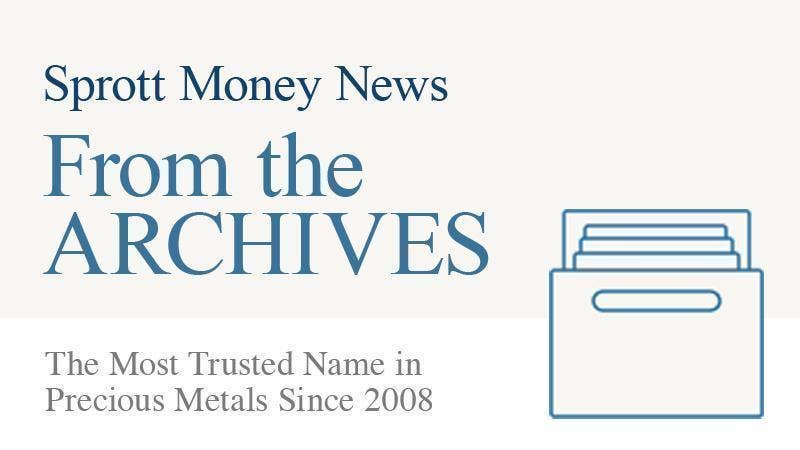
August 31, 2016
Triffin dilemma and loss of confidence in the US dollar
From the 1960s, there was a widespread concern of the sustainability of the Bretton Woods system of using national currencies as reserve assets. This was most closely associated with the Triffin dilemma, which predicted a loss of confidence in the gold value of the U.S. dollar as the value of liquid claims on the United States in the form of dollar foreign exchange reserves increased. Triffin argued for the need to choose the rate of global reserve growth collectively rather than allow it to be a by-product of national decisions.
The SDR Substitution Account (1)
The IMF created the SDR (Special Drawing Rights) Substitution Account in 1969. T he core idea of the SDR is that the SDR Substitution Account Central Banks allows to diversify their existing dollar reserves in a one-time conversion away from the dollar into IMF’s SDR, comprised of the US dollar, European euro, Japanese yen and British pound, in an off-market transaction, so as not to depress the dollar’s exchange rate.
By public introduction careful terminology avoided the label of reserve asset and suggested that the SDR was designed to add to rather than replace existing (dollar) reserves. This was pure cosmetic.
2016 is like 1978 all over again, with other actors
Since March 1973, exchange rates have become much more volatile and less predictable than they were between 1945 and 1973, due to among other things:
- The “Nixon shock”, termination in 1971 of the gold standard.
- The oil crisis in 1971, when the OPEC quadrupled the price of oil.
- The harmful effect of this on the US inflation and trade position resulted in a decline in the value of the dollar.
- The loss of confidence in the dollar that followed the rise of US inflation in 1977 and 1978.
The Chicago Tribune December 31, 1978 mentioned:
In 1978, President Carter was backed into a corner by the flagging US dollar.
American style officially died in Washington at November 1, 1978. That’s when President Carter announced that he was supporting the FED plan to rescue the dollar. It was a plan that was the opposite of populism. The US alone was unable to defend the dollar. The plan was worked out in a secret White House meeting on October 28, but could not be announced until the President won the agreement of Japan, Switzerland and (West) Germany.

The dollar rescue operations and the domestic implications were the subject of hearings (2) before the Joint Economic Committee, Congress of the US in December, 1978.
In his opening statement of the hearings on December 14, 1978 Henry S. Reuss (co chairman) said that the committee supported President’s dollar rescue actions. This included an austere budget policy and a shrinking budget deficit, tighter monetary policy, and joint intervention in support of the dollar with (West) Germany, Japan an Switzerland, to which the US committed $ 30 billion of their own resources. Because of the drastic drop in the dollar’s external value last summer and fall, drastic steps were clearly necessary.

Nowadays the dollar is in an even worse condition, although the US is keeping up the appearances of a strong dollar for the majority of the population, among other things through suppression the gold price by the BIS-network.
The present foreign exchange reserves and debtor countries
The worldwide foreign exchange reserves are rapidly growing. In 2012 the US dollar counted for 54% of the total foreign exchange reserves. That’s approximately 54% of $ 12,000 billion is $ 6,500 billion of the American national currency in the hands of other countries. $ 6,500 Billion held by debtor countries depending on US national decisions (like ZIRP and printing money).



As Triffin’s dilemma predicted the US dollar is less and less accepted as the world’s reserve currency, as the money printing is enormous, the US ever lasting trade imbalances and debtor countries don’t get any interest on their US dollar reserves. It’s not surprising that a new vocabulary word arises in 2009: De-dollarization. In 2009 Chinese leaders for the first time express their concerns about their US dollar holdings. They want to replace the US dollar into the SDR. Several debtor countries convert (a part of) their dollar reserves already into physical gold, before the foreseeable devaluation of the dollar.
One-time off-market conversion away from the US dollar into SDR?
We think that the IMF and others are working on a one-time off-market conversion up to a maximum of $ 6,500 billon into SDR with a gold-backing. Although there was in the 1970s a concern that giving the SDR a gold backing might resurrect the role of gold in the International Monetary System, without it would be difficult to sell the SDR agreement to the national parliaments (read China). The amount of gold that would need to be pledged to support SDR Substitution Account depended on assumptions of the relative dollar price of gold and the dollar exchange rate.
We think that the dollar will be depreciated against the SDR after the conversion and that will, without action, deteriorate the finance balance of the SDR Substitution Account at the expense of the debtor countries. The gold-backing is necessary to mitigate that exchange risk.
The SDR Substation Account in practice
In fact the SDR is a fiat currency, but only for IMF member countries. The SDR comes to prominence when the US dollar is weak or otherwise unsuitable to be a foreign exchange reserve asset. Any new allocations must be voted on in the SDR Department of the IMF and pass with an 85% majority. The US has 16.7% of the voting power.
In order to use its SDRs, a country must find a willing party to buy them. The IMF act as an intermediary. The claim to currency that SDRs represent is not a claim on the IMF.
The SDR Substitution Account
|
Accumulated US $ assets |
Accumulated SDR liabilities |
|
|
· Allocated to member countries IMF, such as China, EU, Japan etc. |
|
|
· Weighted currency basket, re-evaluated every five years |
|
|
· Private parties do not hold or use SDRs |
- BIS Working Paper No. 444 Reforming the international monetairy system in the 1970s and 2000s: would an SDR Substitution Account have worked? March 2014
- Hearings Congress of the US regarding dollar rescue operations. December 1978
Don’t miss a golden opportunity.
Now that you’ve gained a deeper understanding about gold, it’s time to browse our selection of gold bars, coins, or exclusive Sprott Gold wafers.
About Sprott Money
Specializing in the sale of bullion, bullion storage and precious metals registered investments, there’s a reason Sprott Money is called “The Most Trusted Name in Precious Metals”.
Since 2008, our customers have trusted us to provide guidance, education, and superior customer service as we help build their holdings in precious metals—no matter the size of the portfolio. Chairman, Eric Sprott, and President, Larisa Sprott, are proud to head up one of the most well-known and reputable precious metal firms in North America. Learn more about Sprott Money.
Learn More
You Might Also Like:



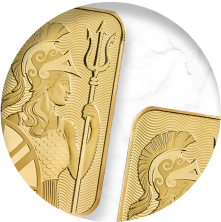
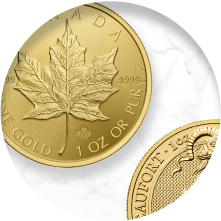
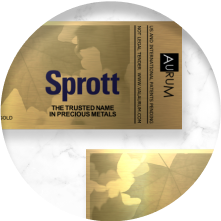
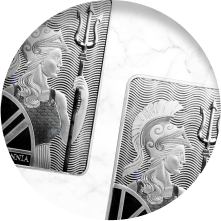
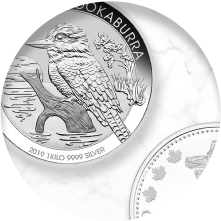
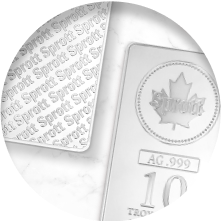

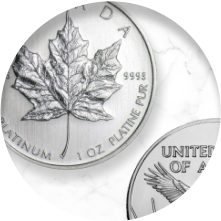

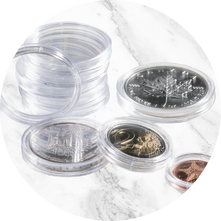
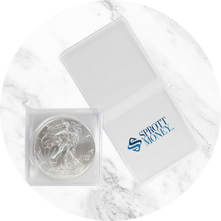


Looks like there are no comments yet.